Home>Renovation & DIY>Home Renovation Guides>Where Does Home Improvement Fall Under In Terms Of Industries
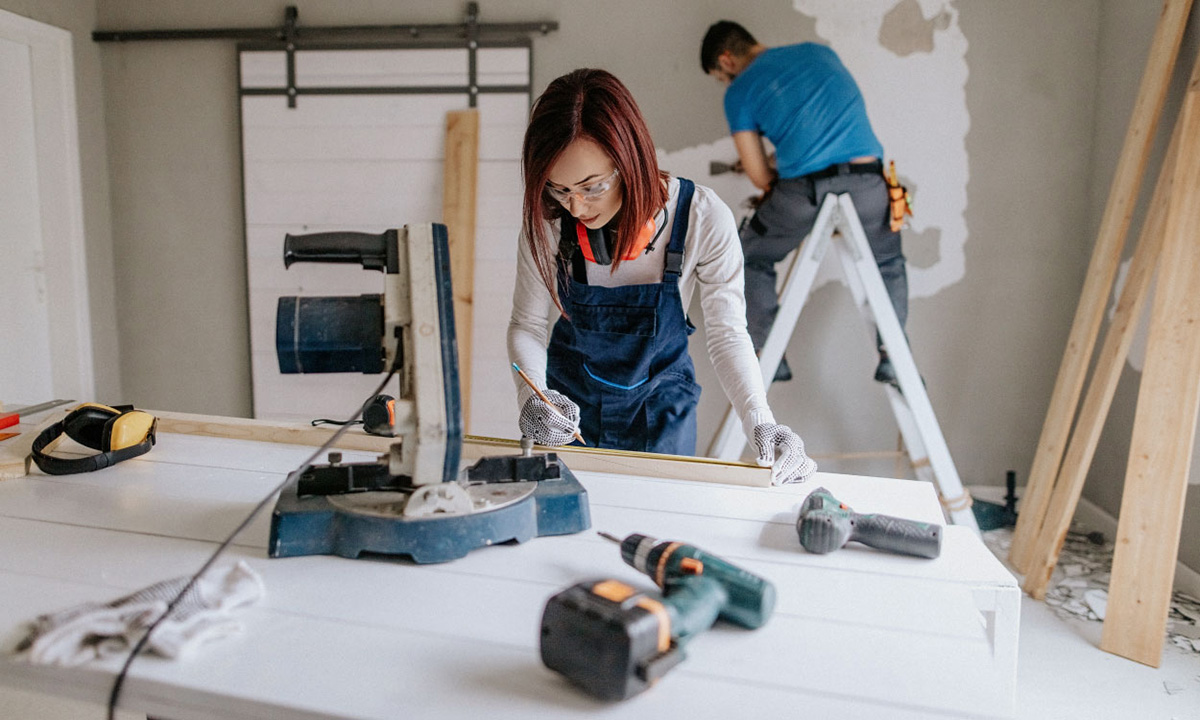

Home Renovation Guides
Where Does Home Improvement Fall Under In Terms Of Industries
Modified: January 19, 2024
Discover the latest trends and expert tips for home renovation and improvement with our comprehensive guides. Explore the best practices and industry insights.
(Many of the links in this article redirect to a specific reviewed product. Your purchase of these products through affiliate links helps to generate commission for Storables.com, at no extra cost. Learn more)
**
Introduction
**
The home improvement industry is a cornerstone of the economy, encompassing a wide array of services and products that cater to the ever-evolving needs of homeowners. From minor renovations to major overhauls, the industry plays a pivotal role in enhancing the functionality, aesthetics, and value of residential properties. As the demand for personalized and modern living spaces continues to surge, the home improvement sector has experienced significant growth and transformation, shaping the way individuals perceive and interact with their homes.
This article delves into the multifaceted landscape of the home improvement industry, exploring its market dynamics, key players, consumer behavior, economic impact, environmental considerations, and regulatory frameworks. By shedding light on these aspects, we aim to provide a comprehensive understanding of where home improvement falls under in terms of industries and the far-reaching implications it holds for homeowners, businesses, and the broader community. Whether you are a homeowner seeking inspiration for your next project or a professional navigating this dynamic sector, this exploration aims to offer valuable insights into the intricate world of home improvement.
**
Key Takeaways:
- The home improvement industry is a vibrant and diverse sector that shapes the way we enhance our living spaces, from sustainable materials to innovative technologies, reflecting our evolving needs and aspirations.
- Home improvement not only enhances aesthetics but also drives economic growth, job creation, and environmental sustainability, making it a catalyst for positive change in residential living.
Read more: What Industry Do Candles Fall Under
Home Improvement Industry Overview
**
The home improvement industry encompasses a diverse range of activities and services aimed at enhancing residential properties. This includes renovations, remodeling, repairs, and the installation of various fixtures and amenities. From kitchen and bathroom upgrades to landscaping and roofing projects, the industry caters to the evolving needs and preferences of homeowners, reflecting the ever-changing trends in design, technology, and sustainability.
One of the defining characteristics of the home improvement sector is its adaptability to consumer demands and market trends. Whether driven by aesthetic aspirations, functional upgrades, or the pursuit of energy efficiency, homeowners continually seek ways to improve and personalize their living spaces. This has led to a dynamic and innovative landscape, where traditional craftsmanship converges with cutting-edge technologies and sustainable practices.
Furthermore, the industry is not limited to physical renovations and construction. It also encompasses the production and distribution of home improvement products, including building materials, fixtures, appliances, and décor items. This interconnected network of suppliers, retailers, contractors, and service providers forms the backbone of the industry, facilitating the realization of diverse home improvement projects.
Amidst the rapid urbanization and evolving lifestyles, the home improvement industry remains a vital force in shaping the residential environment, driving economic activity, and fostering creativity and innovation. As we delve deeper into this industry, we will explore its market size, key players, trends, economic impact, consumer behavior, regulations, and environmental considerations, offering a holistic perspective on the significance and implications of home improvement in the modern era.
**
Market Size and Growth
**
The home improvement industry represents a substantial segment of the broader construction and real estate sector, with a global market size that continues to expand. According to market research and industry reports, the market size of the home improvement industry is projected to reach unprecedented levels in the coming years, propelled by factors such as urbanization, population growth, and evolving consumer preferences.
One of the driving forces behind the industry's growth is the increasing demand for personalized and modern living spaces. As homeowners seek to create functional, aesthetically pleasing, and energy-efficient environments, the market for home improvement products and services experiences a corresponding surge. This trend is further amplified by the growing awareness of sustainable and eco-friendly practices, prompting individuals to invest in environmentally conscious home upgrades.
Moreover, the rise of digital platforms and e-commerce has revolutionized the way consumers access home improvement products and services, contributing to the industry's expansion. Online marketplaces, virtual consultations, and digital tools have streamlined the process of planning and executing home improvement projects, making it more accessible and convenient for homeowners to engage with the industry.
In addition to the residential segment, the commercial and institutional sectors also contribute to the overall market size of the home improvement industry. From office renovations to institutional facility upgrades, the demand for professional home improvement services extends beyond individual households, further amplifying the industry's scope and economic significance.
As the industry continues to evolve, various subsectors within home improvement, such as smart home technology, sustainable building materials, and innovative design concepts, are expected to drive substantial growth. This diversification and specialization within the industry contribute to its resilience and adaptability in meeting the diverse needs of consumers.
In essence, the home improvement industry's market size and growth trajectory underscore its pivotal role in shaping the built environment and meeting the evolving demands of modern society. By understanding the dynamics of this expansion, stakeholders can gain valuable insights into the opportunities and challenges that define the industry's landscape.
**
Key Players in the Home Improvement Industry
**
The home improvement industry is characterized by a diverse ecosystem of key players, encompassing manufacturers, retailers, contractors, and service providers who collectively shape the landscape of products and services available to homeowners. Understanding the roles and contributions of these key players is essential in comprehending the dynamics and competitiveness of the industry.
At the forefront of the industry are manufacturers and suppliers of home improvement products, ranging from building materials and fixtures to appliances and smart home technologies. These entities play a crucial role in driving innovation, quality, and sustainability within the industry, offering a wide array of options for homeowners and professionals alike. Their research and development endeavors contribute to the continuous evolution of products that cater to the changing needs and preferences of consumers.
On the retail front, home improvement stores and online platforms serve as vital channels for consumers to access a comprehensive range of products and receive expert guidance for their projects. These retailers not only provide convenience and accessibility but also serve as hubs for inspiration and education, empowering homeowners to embark on their home improvement journeys with confidence and creativity.
Another integral segment of the industry comprises contractors and service providers, including construction firms, renovation specialists, interior designers, and skilled tradespeople. These professionals bring expertise, craftsmanship, and project management capabilities to the forefront, ensuring that home improvement projects are executed with precision and quality. Their contributions are essential in translating homeowners' visions into tangible and functional living spaces.
Furthermore, the emergence of technology and digital platforms has given rise to innovative players in the home improvement industry, including virtual design services, smart home integrators, and online project management tools. These entities leverage technology to enhance the efficiency, transparency, and personalization of home improvement processes, offering new avenues for homeowners to engage with the industry.
By recognizing the diverse roles and contributions of these key players, it becomes evident that the home improvement industry is a collaborative and interconnected network of expertise, creativity, and resources. The synergy between manufacturers, retailers, contractors, and innovators fuels the industry's vibrancy and adaptability, ensuring that homeowners have access to a dynamic array of options to elevate their living spaces.
**
Trends and Innovations in Home Improvement
**
The home improvement industry is continually shaped by evolving trends and innovative practices that reflect the changing needs, preferences, and technological advancements in the realm of residential living. These trends encompass a wide spectrum of design, functionality, sustainability, and technological integration, influencing the way homeowners envision and realize their home improvement projects.
One prominent trend in home improvement revolves around the concept of sustainable and eco-friendly practices. With a growing emphasis on environmental responsibility, homeowners are increasingly inclined towards utilizing sustainable building materials, energy-efficient fixtures, and eco-conscious design principles. This trend aligns with the broader societal shift towards sustainability, prompting the industry to embrace green building standards and eco-friendly innovations.
Furthermore, the integration of smart home technologies has revolutionized the way homeowners interact with their living spaces, giving rise to a new frontier of home improvement innovation. From automated lighting and climate control to integrated security systems and smart appliances, the seamless integration of technology enhances convenience, efficiency, and security within residential environments.
Design-wise, contemporary home improvement trends often gravitate towards open-concept layouts, multifunctional spaces, and minimalist aesthetics. The emphasis on clean lines, natural light, and versatile living areas reflects the desire for adaptable and aesthetically pleasing interiors that cater to modern lifestyles and diverse needs.
In terms of materials and finishes, there is a notable inclination towards organic textures, sustainable woods, and artisanal craftsmanship, signaling a preference for authenticity and tactile experiences in home environments. This trend underscores the enduring appeal of handcrafted elements and natural materials in creating warm, inviting, and personalized spaces.
Another significant trend in home improvement pertains to the resurgence of outdoor living spaces, where homeowners seek to extend their living areas into the natural surroundings of their properties. This trend encompasses the creation of functional outdoor kitchens, cozy lounging areas, and sustainable landscaping, blurring the boundaries between indoor and outdoor living and emphasizing the importance of holistic property enhancement.
By staying attuned to these trends and innovations, homeowners, industry professionals, and stakeholders can gain valuable insights into the evolving preferences and expectations within the home improvement landscape. Embracing these trends not only fosters creativity and relevance but also ensures that residential environments continue to evolve in harmony with the dynamic needs of modern living.
**
Home improvement falls under the construction industry, specifically in the residential construction sector. This includes renovations, repairs, and additions to existing homes.
Economic Impact of Home Improvement
**
The home improvement industry exerts a substantial economic impact, influencing various sectors and contributing to the overall vitality of the economy. This impact is evident across multiple dimensions, encompassing job creation, consumer spending, property values, and the interconnectedness of industries that support and derive benefit from home improvement activities.
One of the primary economic contributions of the home improvement sector is its role in job creation and employment. From skilled tradespeople and construction workers to designers, architects, and retail staff, the industry sustains a diverse workforce, providing employment opportunities and fostering economic stability. The ripple effect of job creation extends to suppliers, manufacturers, and service providers, amplifying the industry's economic footprint.
Moreover, home improvement projects stimulate consumer spending and investment in the housing market, driving economic activity and bolstering local and national economies. As homeowners engage in renovations, upgrades, and property enhancements, they contribute to the demand for materials, labor, and professional services, thereby injecting capital into the economy and supporting businesses across the home improvement supply chain.
The economic impact of home improvement is also reflected in the appreciation of property values and the enhancement of neighborhood aesthetics. Well-maintained and modernized properties not only contribute to individual homeowners' equity but also elevate the overall appeal and desirability of residential communities. This, in turn, has a positive effect on property values, neighborhood revitalization, and the broader real estate market.
Furthermore, the interconnectedness of industries that intersect with home improvement, such as construction, retail, manufacturing, and finance, underscores the industry's far-reaching economic influence. The symbiotic relationships between these sectors create a network of economic activity, fostering collaboration, innovation, and market resilience.
In a macroeconomic context, the cyclical nature of home improvement spending and its responsiveness to economic trends make it a barometer of consumer confidence and economic health. During periods of economic growth, homeowners are more inclined to invest in home improvement projects, signaling optimism and discretionary spending. Conversely, during economic downturns, the industry's resilience and adaptability are tested as homeowners seek cost-effective solutions and value-driven investments.
By recognizing the multifaceted economic impact of home improvement, policymakers, businesses, and consumers can appreciate the industry's significance as a driver of economic growth, employment, and prosperity. This understanding underscores the importance of fostering an environment that supports and sustains the industry's contributions to the economy.
**
Consumer Behavior and Home Improvement
**
Consumer behavior plays a pivotal role in shaping the dynamics of the home improvement industry, influencing product preferences, project trends, and the overall market landscape. Understanding the motivations, aspirations, and decision-making processes of homeowners is essential in gauging the industry’s responsiveness to consumer needs and in devising strategies that resonate with evolving preferences.
One of the defining aspects of consumer behavior in home improvement is the pursuit of personalization and self-expression. Homeowners seek to imbue their living spaces with individuality, functionality, and aesthetic appeal, reflecting their unique lifestyles, values, and aspirations. This inclination towards personalization drives the demand for customizable solutions, unique design elements, and tailored experiences within the home improvement market.
Moreover, consumer behavior in home improvement is influenced by a desire for functionality, efficiency, and long-term value. Homeowners prioritize investments that enhance the usability, energy efficiency, and durability of their properties, reflecting a pragmatic approach to home improvement. This emphasis on functionality often intersects with a growing awareness of sustainable practices, prompting consumers to seek eco-friendly solutions and responsible building practices.
The decision-making process in home improvement is also shaped by the accessibility of information, inspiration, and expert guidance. Digital platforms, home improvement shows, and online resources empower consumers to research, visualize, and plan their projects with unprecedented ease, fostering a sense of confidence and informed decision-making. This accessibility has redefined the consumer journey, enabling homeowners to engage with the industry in a more proactive and knowledgeable manner.
Furthermore, consumer behavior in home improvement is responsive to market trends, technological advancements, and societal influences. The integration of smart home technologies, the rise of sustainable design principles, and the impact of global trends in architecture and interior design all contribute to the evolving preferences and expectations of homeowners. This responsiveness underscores the industry’s adaptability and innovation in catering to consumer needs.
By recognizing and embracing the complexities of consumer behavior in home improvement, businesses, and industry stakeholders can align their offerings, messaging, and strategies with the diverse motivations and aspirations of homeowners. Engaging with consumers in a meaningful, personalized, and value-driven manner not only fosters loyalty and satisfaction but also ensures that the industry continues to evolve in tandem with the dynamic needs of modern living.
**
Government Regulations and Home Improvement
**
The home improvement industry operates within a regulatory framework that encompasses building codes, safety standards, environmental regulations, and consumer protection measures. Government regulations play a critical role in ensuring the quality, safety, and sustainability of home improvement projects, shaping the practices and responsibilities of industry stakeholders and homeowners alike.
One of the fundamental aspects of government regulations in home improvement pertains to building codes and permits. These codes outline the technical requirements and standards for construction, renovation, and structural modifications, aiming to safeguard the structural integrity, safety, and habitability of residential properties. Compliance with building codes is essential for ensuring that home improvement projects meet established safety and quality benchmarks.
Environmental regulations also influence home improvement practices, particularly in areas such as energy efficiency, waste management, and the use of sustainable materials. Government initiatives and standards aimed at reducing carbon footprints, promoting renewable energy integration, and minimizing environmental impact drive the adoption of eco-friendly practices and products within the industry.
Consumer protection regulations play a pivotal role in safeguarding homeowners’ rights, ensuring transparency in contracts, warranties, and dispute resolution processes. These regulations aim to empower consumers with information, recourse, and assurances regarding the quality and integrity of home improvement services and products, fostering trust and accountability within the industry.
Government regulations further extend to occupational licensing, professional standards, and industry oversight, ensuring that contractors, designers, and service providers adhere to established competencies, ethical practices, and legal obligations. This regulatory oversight contributes to the professionalism, reliability, and accountability of industry professionals, instilling confidence in homeowners seeking to engage with the industry.
Moreover, government incentives, grants, and tax credits often influence home improvement decisions, particularly in the realm of energy-efficient upgrades, sustainable renovations, and disaster resilience measures. These incentives aim to promote responsible and forward-thinking home improvement practices, aligning with broader societal and environmental objectives.
By recognizing the impact of government regulations on home improvement, industry stakeholders, and homeowners can navigate the industry with a clear understanding of their rights, responsibilities, and the prevailing standards of quality, safety, and sustainability. Compliance with regulations not only fosters ethical and responsible practices but also ensures that home improvement projects contribute to the well-being and resilience of residential environments.
**
Environmental Impact of Home Improvement
**
Home improvement projects have a significant environmental impact, influencing resource consumption, waste generation, and the overall sustainability of residential properties. As the industry continues to evolve, there is a growing emphasis on integrating eco-friendly practices, sustainable materials, and energy-efficient solutions to minimize the environmental footprint of home improvement endeavors.
One of the primary considerations in assessing the environmental impact of home improvement is the utilization of building materials. Sustainable sourcing, recycled content, and low-impact manufacturing processes are increasingly prioritized, aiming to reduce the environmental burden associated with material extraction, production, and transportation. This emphasis on sustainable materials aligns with the broader movement towards responsible consumption and production within the construction and design sectors.
Energy efficiency is another critical facet of the environmental impact of home improvement. From insulation upgrades and high-efficiency HVAC systems to smart lighting and renewable energy integration, homeowners are increasingly inclined towards investments that reduce energy consumption, lower carbon emissions, and enhance the overall sustainability of their properties. This focus on energy efficiency not only aligns with environmental objectives but also contributes to long-term cost savings and resilience.
Waste management and recycling practices are integral components of sustainable home improvement. Minimizing construction waste, repurposing materials, and adopting circular economy principles contribute to reducing the environmental impact of renovation and construction projects. Additionally, responsible disposal of hazardous materials, such as lead-based paints and asbestos, is essential in mitigating environmental risks associated with home improvement activities.
Furthermore, the landscaping and outdoor elements of home improvement projects also hold environmental significance. Sustainable landscaping practices, water-efficient irrigation systems, and the preservation of natural habitats contribute to biodiversity conservation and ecological balance within residential environments. These considerations reflect a holistic approach to environmental stewardship in home improvement.
The environmental impact of home improvement extends beyond individual properties, influencing broader community resilience and urban sustainability. By promoting green building practices, energy-conscious designs, and eco-friendly renovations, the industry contributes to the creation of healthier, more resilient neighborhoods and cities.
By recognizing and addressing the environmental impact of home improvement, homeowners, industry professionals, and policymakers can foster a culture of responsible and sustainable practices within the industry. Embracing eco-friendly innovations, promoting resource efficiency, and prioritizing environmental stewardship not only enhance the quality of residential living but also contribute to the broader imperative of environmental sustainability.
**
Read more: What Category Does Construction Fall Under
Conclusion
**
The home improvement industry occupies a central position within the fabric of modern living, influencing the way individuals perceive, interact with, and enhance their residential spaces. From the dynamic market landscape to the evolving trends and regulatory frameworks, the industry encapsulates a multifaceted ecosystem that resonates with homeowners, professionals, and communities.
As we navigate the intricate terrain of the home improvement industry, it becomes evident that its significance transcends mere aesthetics and functionality. The industry’s economic impact, environmental footprint, and societal resonance underscore its role as a catalyst for innovation, sustainability, and quality of life.
At the heart of the industry are the consumers, whose behavior, aspirations, and choices shape the trajectory of home improvement practices. Their quest for personalized, sustainable, and efficient living spaces propels the industry towards embracing innovation, eco-conscious solutions, and ethical practices.
The industry’s economic impact reverberates across various sectors, driving employment, consumer spending, and property value appreciation. Its resilience and adaptability in the face of regulatory frameworks and environmental imperatives exemplify a commitment to responsible and forward-thinking practices.
As we conclude this exploration, it is clear that the home improvement industry is not merely a collection of products and services but a reflection of society’s evolving needs, values, and aspirations. By recognizing its far-reaching implications and embracing its potential for positive change, we can foster a culture of responsible, sustainable, and inspiring home improvement practices that resonate with the essence of modern living.
Whether embarking on a renovation journey, innovating within the industry, or shaping policies that govern its trajectory, our collective engagement with the home improvement industry holds the potential to elevate residential living, foster economic vitality, and contribute to a more sustainable and harmonious built environment.
As we look towards the future, let us continue to embrace the transformative power of home improvement, recognizing it not only as an industry but as a dynamic force that shapes the very essence of our homes, communities, and the way we experience the art of living.
Frequently Asked Questions about Where Does Home Improvement Fall Under In Terms Of Industries
Was this page helpful?
At Storables.com, we guarantee accurate and reliable information. Our content, validated by Expert Board Contributors, is crafted following stringent Editorial Policies. We're committed to providing you with well-researched, expert-backed insights for all your informational needs.
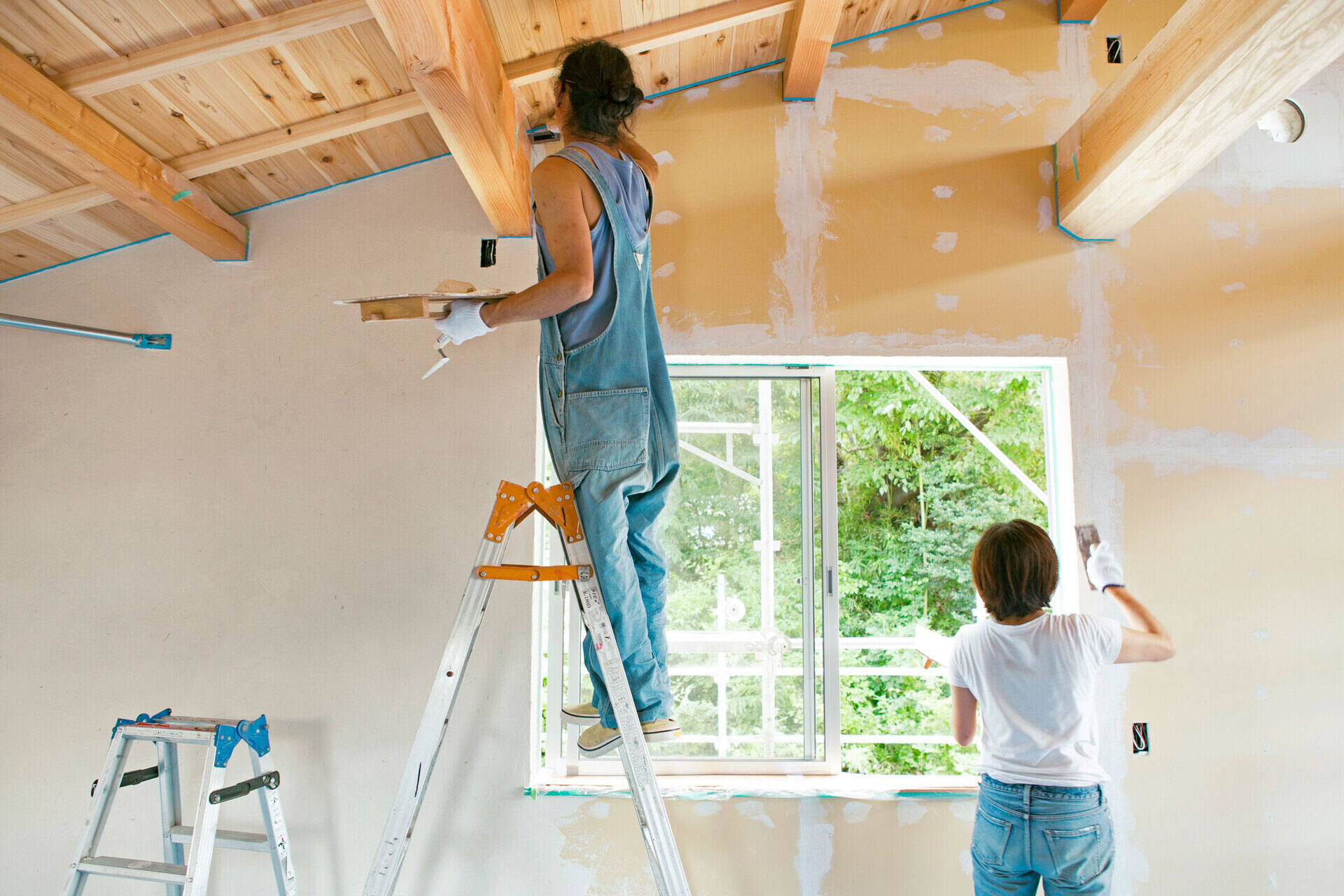
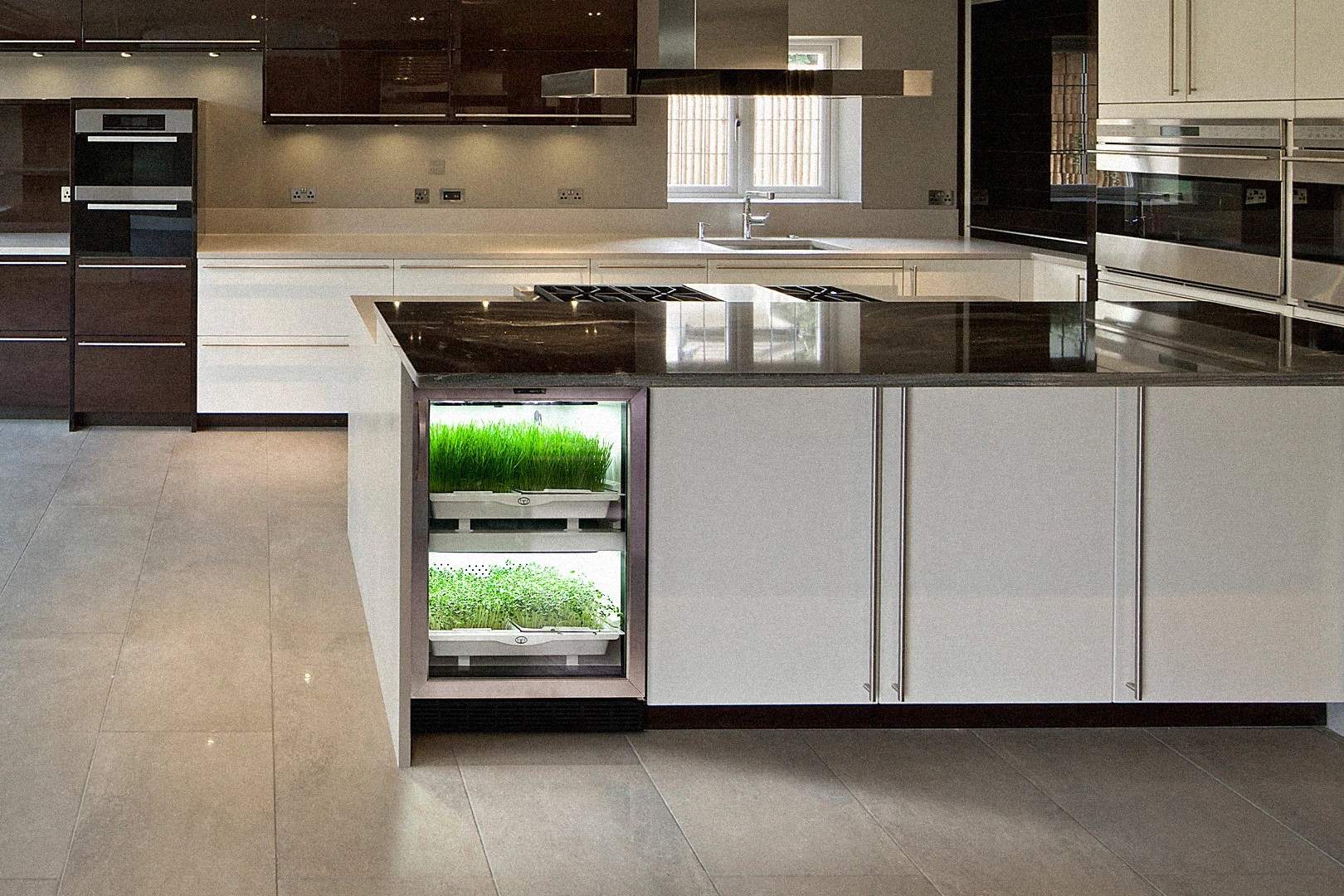



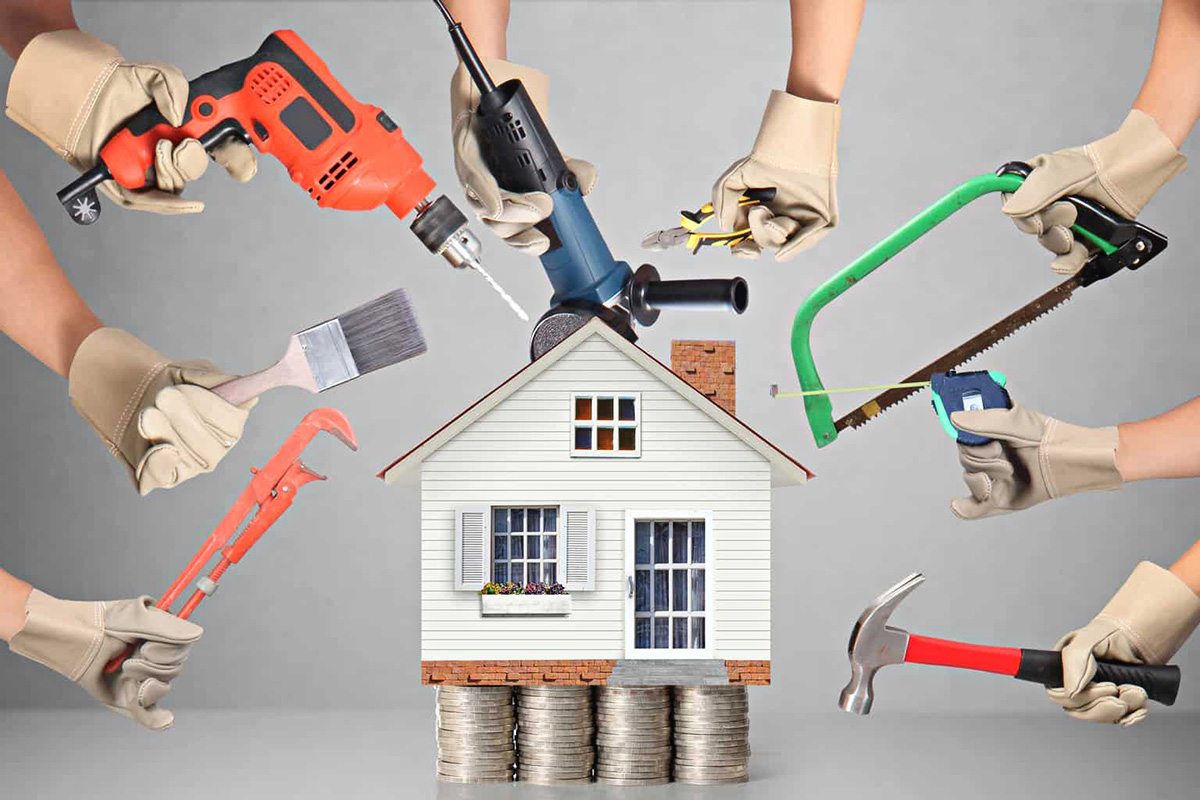

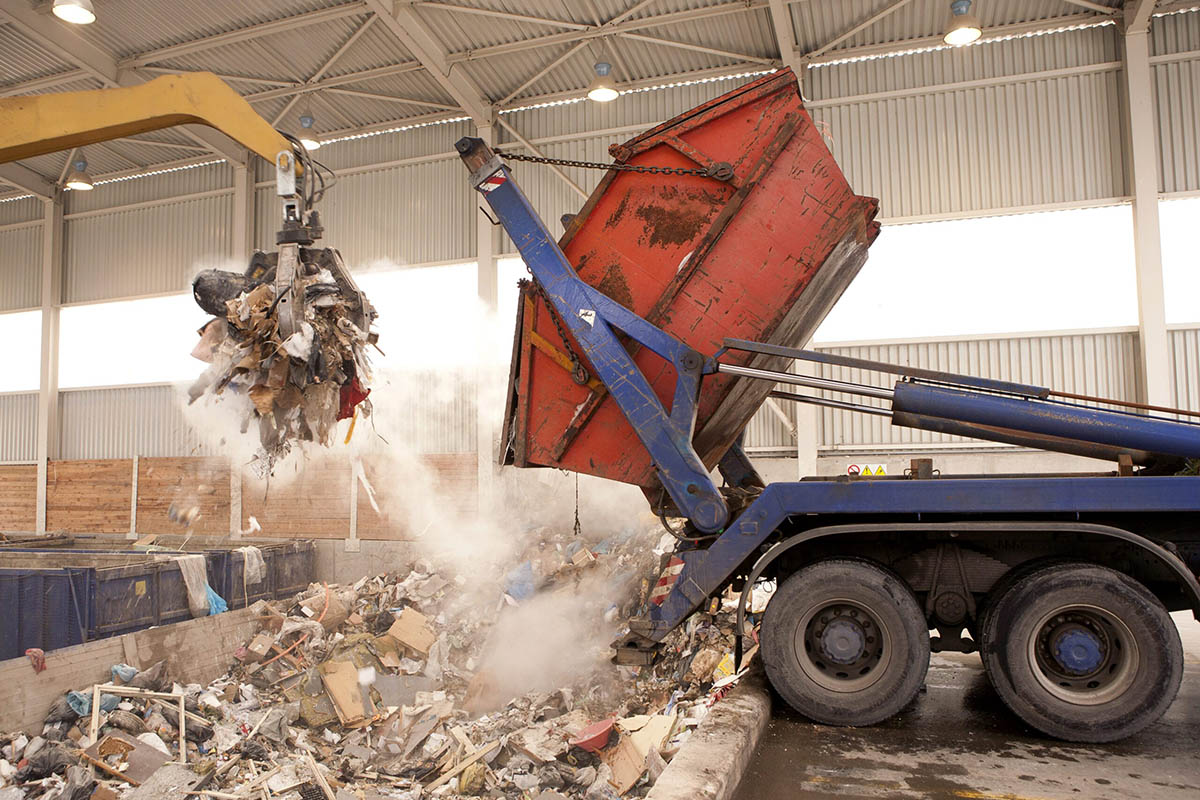




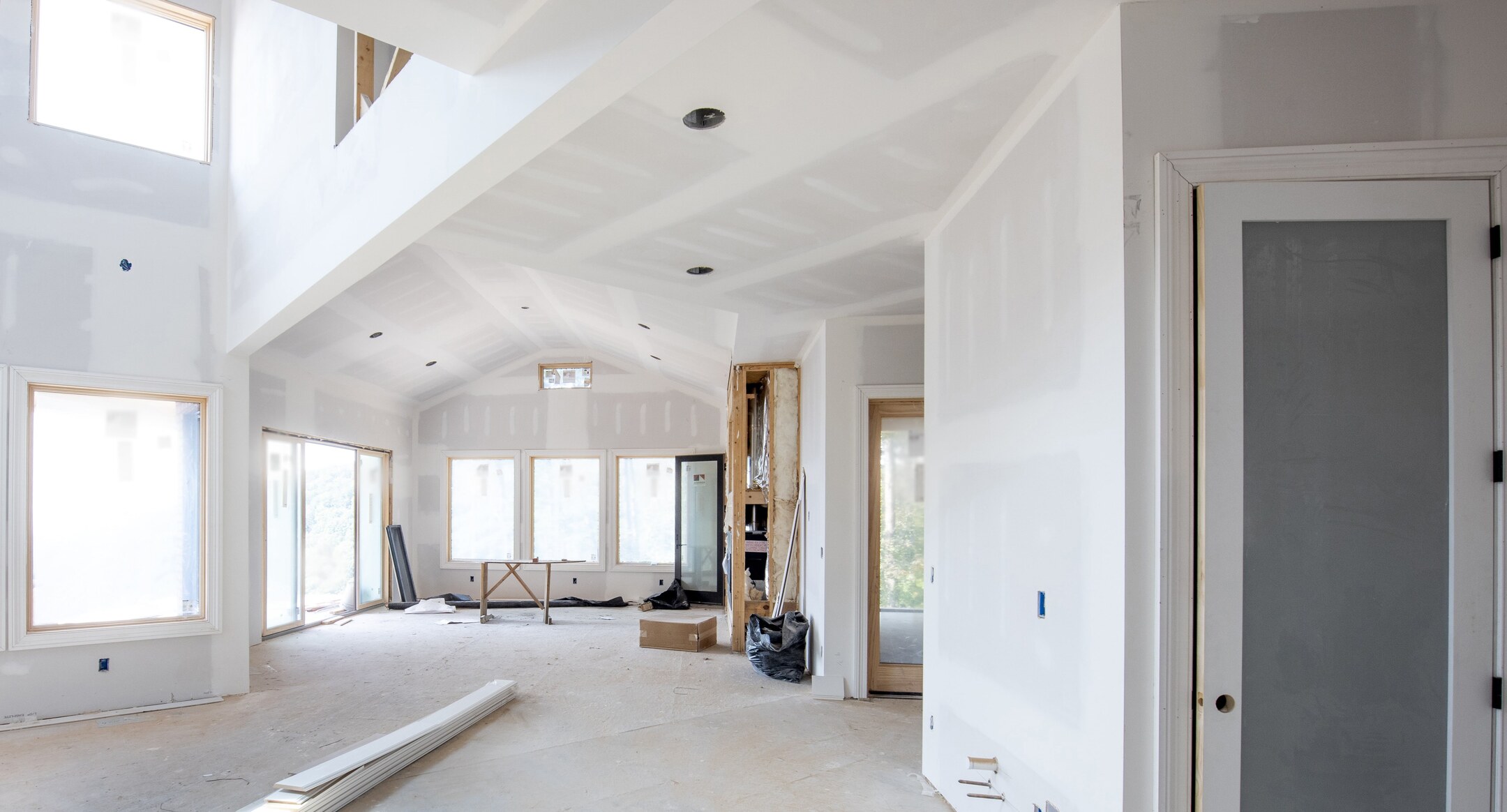

0 thoughts on “Where Does Home Improvement Fall Under In Terms Of Industries”